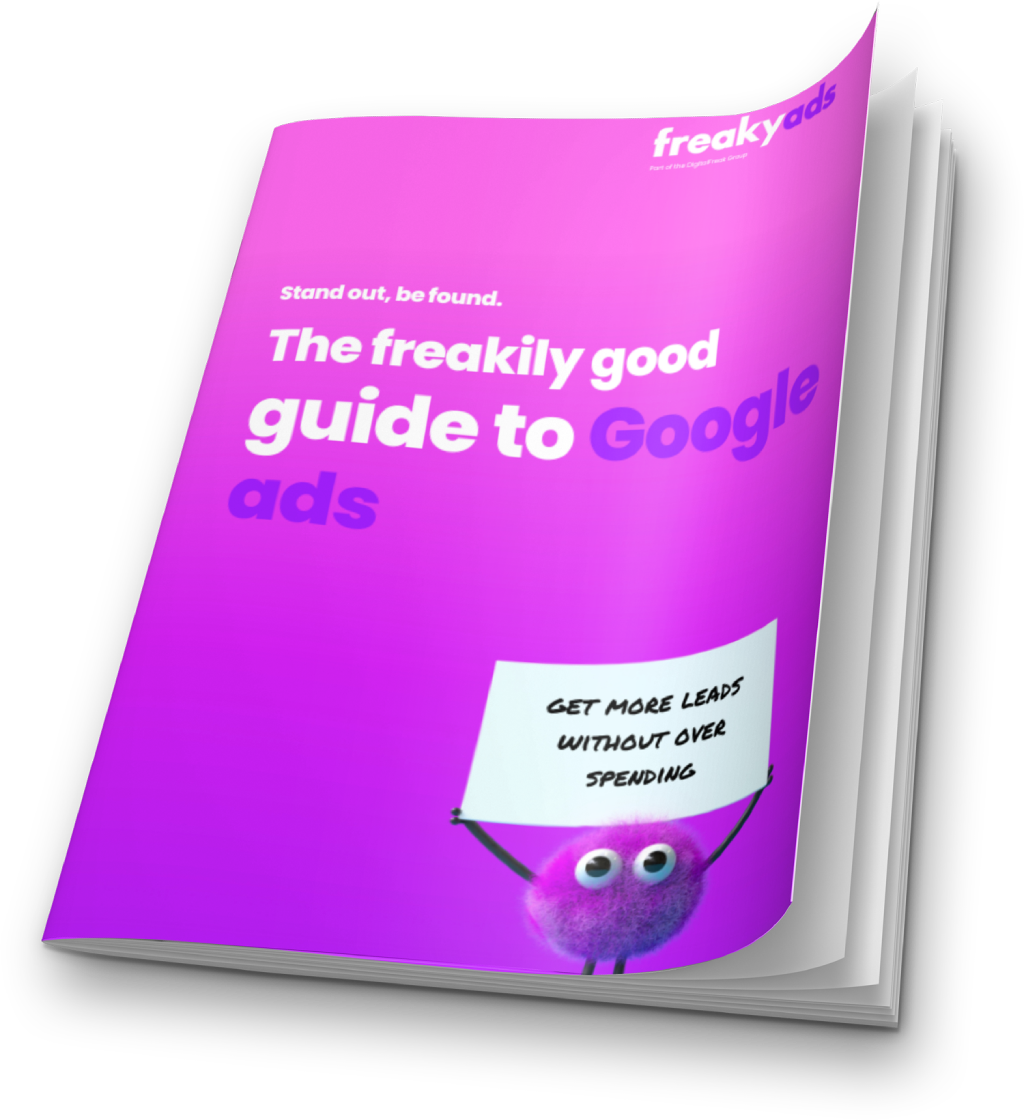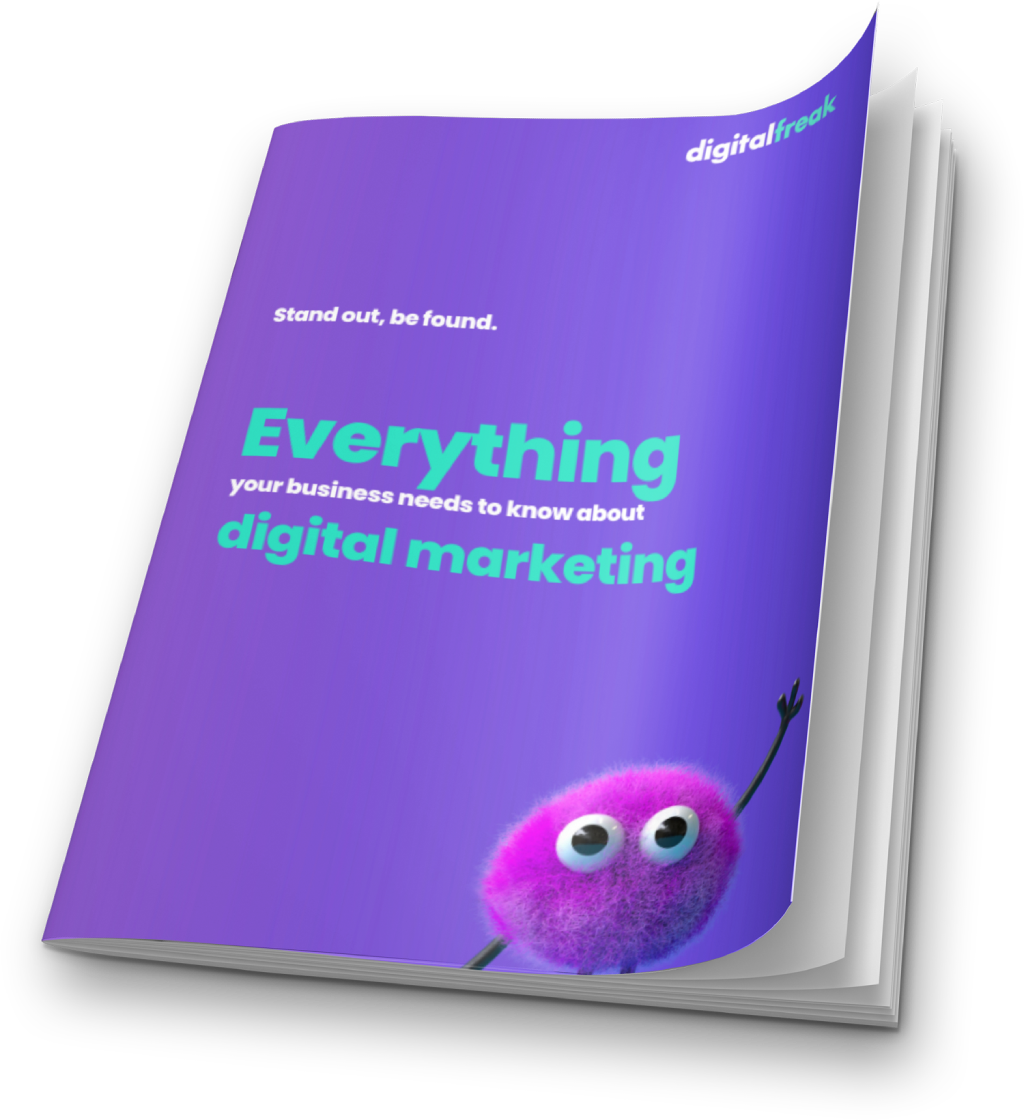Today, it’s almost impossible to think about your life without a smartphone, whether it’s a tool you use for business or for managing your daily life. You use it for everything from checking the best route to avoid traffic on the way to work to scheduling meetings and appointments. So it’s surprising that many businesses forget all about mobile when it comes to marketing their products and services online. Here’s an essential guide to mobile marketing and why your business can’t afford not to have a mobile-first website strategy, from our digital marketing team in Melbourne.
Why Have a Mobile Marketing Strategy?
Our reliance on mobile devices is more than just about managing our day-to-day interests and concerns.It’s become our primary means for browsing the internet. This means one critical thing for all businesses: a huge proportion of your customers are looking for your products and services on mobile devices. Here are some stats to convince you:
- Mobile users spend twice as much time-consuming digital media than desktop users (a daily average of 2 hours and 45 minutes)
- The majority of internet users are multi-device users, with smartphones and laptops taking the two top spots
- 90% of smartphone users have used their device to make a purchase (this is especially noticeable in the 16-45 age range)
- Mobile ad spend is lagging behind mobile media consumption, so businesses are missing out
- In 2015, mobile use passed desktop use with 51% of internet time being spent on mobile devices
It’s important to remember that this doesn’t mean that desktop users are irrelevant and should be ignored. Laptops and desktops are still the preferred method of ecommerce shopping, for example. But it does mean that your business website should be accessible to both audiences for optimal exposure. And that’s what a successful, customer-centric mobile marketing plan achieves. Here’s how to do it.
Optimise Your Website and Landing Pages
It’s absolutely essential that the structure of your website design is accessible for mobile devices. If you don’t have a mobile-friendly or responsive website design, it’s not going to be functional or user-friendly on a smartphone or tablet due to their smaller screens. This may mean hiring a website designer to update your website, but it is worth the investment to bring it into this new phase of the digital lifestyle.
The next thing you need to do is ensure your mobile-friendly website is stocked with great content that suits small-screen viewing. This means minimal text that’s rich in relevant keywords and well-written, accompanied by eye-catching visuals.
At the same time, it’s important to keep bulky pages to a minimum as these cause slow loading times. This isoff-putting to mobile users who are in a hurry for quick information and using their own data. This critical issue cannot be ignored. A study by the Aberdeen Group found that just a one-second delay in loading times causes a 7% loss in conversions, 11% fewer page views and a drop in customer satisfaction by 16%. To prevent this issue, use images designed for mobile and run extensive user testing whenever you add a new campaign, promotion or content.
Keep Your Content Visual
Mobile internet users don’t want to spend hours squinting at their screen, so make things visual and larger-than-life. A regular-sized blog is going to look like a novel to mobile users, so stick to a short-and-sweet style that uses colour and visual cues, as well as bold links and pop-ups so that people can see what they need to click.
Video is a fantastic medium for mobile, so don’t be afraid to develop video content. It’s some of the most popular content on Facebook, Twitter and Instagram. These three are the most mobile-dominant social media sites along with YouTube. Video is especially powerful because it can transmit a lot of information in a short amount of time, and users tend to absorb this type of communication easier than text-only content. And you don’t have to pay a fortune. There are lots of great free tools and apps that make video marketing simple and affordable.
Don’t Take the Hard-Sell Approach
Avoid traditional banner ads. These have led to a rise in ad blockers for mobile, just like it did for desktop users, so it’s best to just stay away. Instead, make your marketing subtle and interactive rather than intrusive, and focus on creating a fantastic user experience while solving your consumer’s issue. Don’t be afraid to mix it up either. Great ideas include seasonal pop up promotions, discounts for buying via the mobile app or site, and AI algorithms that make suggestions in line with the user’s online behaviour or previous purchases.
Be Location-Specific
Geolocation and local search targeting are areas of digital marketing that has been totally transformed by mobile, allowing retailers and businesses to track consumers and get access to a wealth of useful information. This can be used for location-based (beacon) marketing. This is the technique of sending a consumer a promotion based on where they are, for example, near a mall where your store is located.
Geo-targeted services are available from Google and other search engines, allowing you to market directly to consumers within a geographic location to streamline ad placements. This is incredibly useful to location-based businesses like restaurants, franchises and more, helping to limit your competition and appeal directly to people who are looking for your products and services nearby.
One of the most important things a business needs to do to take advantage of local SEO is to claim your Google My Business Page. These are the recommendations that pop up in their own box in search results. It’s free and simple. Just put in all your business information and complete the confirmation process and that’s it! But most importantly, it puts your business on the map.
If you’d like to transform your website design into a site that’s mobile-friendly and easy to use on a smartphone or tablet, or you’d like to produce mobile-friendly content, give us a call and chat to our digital marketing team in Melbourne today.

Written by
Bianca Stephenson - Content Specialist
You know how they say content is King? Well, meet the Queen. Engaging and exciting content is what I’m here to create. Whether it’s websites, print, digital, or social graphics – I take your brand’s vision and industry trends and turn them into high-quality content.














